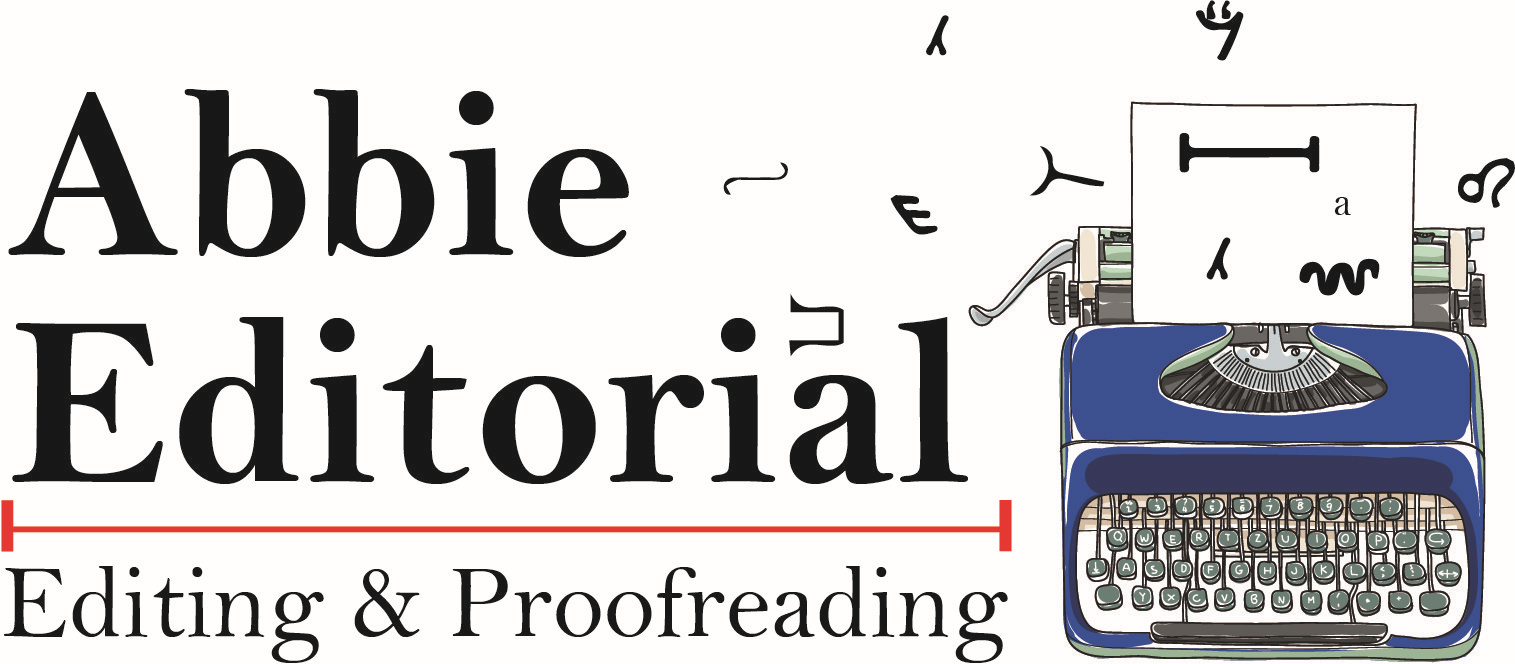Five ways to reduce your word count (and your editing costs)

Remove unnecessary words
When you’re self-editing carefully think about the individual words you have used within each sentence and assess if you really need them. I have a shit list pinned up on my corkboard and it includes, among others, the following: ‘that’, ‘just’, ‘now’, ‘back’. Why are these on the list? Because a lot of the time, they aren’t necessary.
Let’s take the word ‘now’. Consider this sentence:
The dog reacted to her command and she now smiled.
Yes, the narrative is in past tense, but we know the character is smiling because the dog has reacted to what she said and both actions (the dog’s response and the character’s smile) are taking place at the same time. So, we don’t need the ‘now’. If we remove it, it reads like this:
The dog reacted to her command and she smiled.
You have reduced the word count and the sentence is punchier simply by removing one word.
Other examples include:
She nodded her head. We only nod with our heads so She nodded will suffice.
He waved with his hands. Again, the reader will know he is using his hands unless you state he is waving an object.
Reduce filter words
I have talked about filter words before (find that article here). They are the words that filter the action through the character and include: ‘realised’, ‘felt’, ‘knew’, ‘hear’, ‘saw’, ‘noticed’, etc.
Compare
She could hear the dog across the road barking and felt her corgi’s lead tighten as he reacted. Realising she was going to be pulled over, she reined him in.
to
The dog across the road barked and her corgi’s lead tightened as he reacted. She reined him in to prevent being pulled over.
The word count has reduced from thirty to twenty-three and the writing is more dynamic.
Consider the order of your words
Is there a shorter way of saying the same thing? Could She walked into the waiting room of the surgery be changed to She walked into the waiting room? If the reader has already been told the character is in the surgery, absolutely. If not, changing the sentence to She walked into the surgery waiting room will also reduce the number of words used.
Keep an eye out for repeated and unnecessary action beats
We all have crutch words – even editors! These often take the form of action beats (what the characters do while they are talking). Smiling, nodding, looking at the other character, shrugging, and chuckling are all examples. They tend to be used far too often and become repetitive. An easy way to assess if you’re using a particular word too much is to use the Find function in Word:
- Highlight the word.
- Click on Home at the top of your document.
- Click Find.
You’ll be presented with a list on the left-hand side that shows you every instance of that word.
Ask yourself if that adverb actually adds anything
‘Don’t you dare!’ he shouted angrily.
Look at this piece of dialogue. We are effectively being told three times that the speaker is shouting: the use of ‘shouted’, the added ‘angrily’, and the exclamation mark. In this case, he shouted is sufficient and the adverb isn’t necessary. As you self-edit, think to yourself, does this adverb convey information to the reader they won’t have already picked up?
Making simple changes such as I’ve suggested not only improves your writing, making it more active and vital, it also helps to reduce your word count. If you’re self-publishing, this will also help to reduce the cost of editing and proofreading as many editors, including me, charge per 1000 words.










